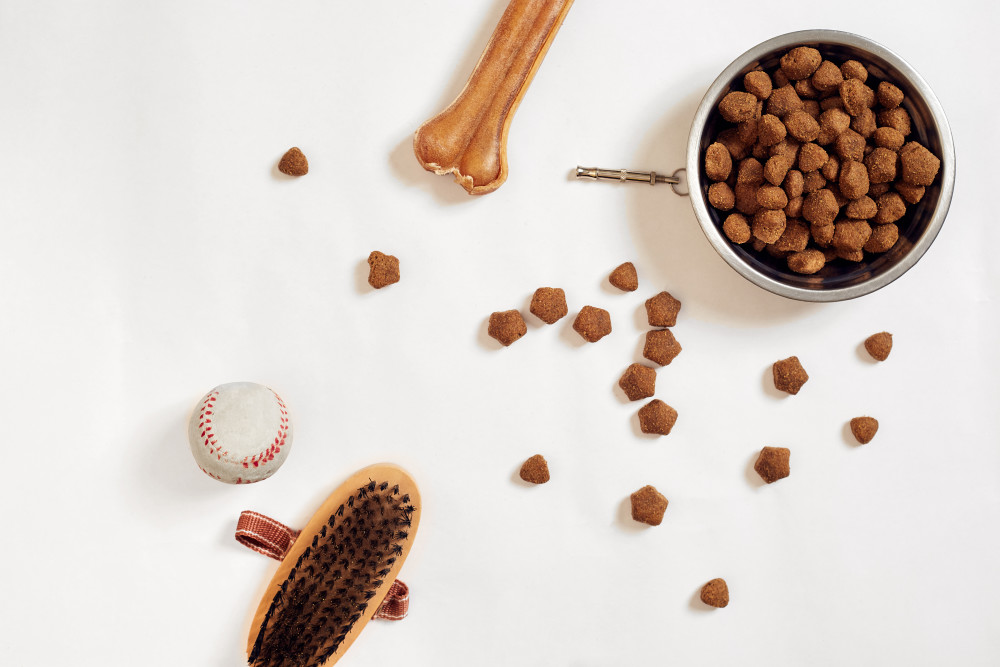Basset Hound

Basset Hound Overview
The Basset Hound is an easy going, charming and mellow companion. They might be close to the ground (“Basset” means “low” or “dwarf” in French), but these dogs are quite strapping. With sturdy bones, strong little legs and adorably oversized, chunky paws, Bassets embody big dog strength and energy. They are famous for their oversized velvety ears, melty eyes and wrinkled brow, which makes them look permanently pouty. When it comes to picking up scents, the Basset’s talents only rival that of the Bloodhound breed. While they tend to follow the rules at home, they get quite stubborn when on the trail. Bassets have a trademark bark, which loudly reverberates. And while they might not be ones to aggressively show their affection, Bassets are ride or die when it comes to loyalty.
Bassets were first bred in France and Belgium. It’s believed that friars at the Abbey of St. Hubert crossed French breeds to produce a scenting hound that was low to the ground, making them ideal to trek through rugged terrain with humans on the hunt for rabbit and deer. They have a keen nose, and in turn, became the favoured breed of dog for French blue bloods, who were committed hunters.
Did you know?
The cartoon Droopy is said to be based on a basset hound.
Basset Hound Stats
Kid-Friendly
Good with other animals
Caring for your breed
Daily kibble serving
1-2 cups
Daily exercise
1 hour
Grooming frequency
Brushed Regularly

Feeding your Basset Hound
A Basset Hound should be fed a high-quality dog food appropriate to its age, whether puppy, adult or senior. Be careful of your Basset Hound’s calorie consumption and weight level. Treats can be great incentive in training, but be aware of how many you feed them, as too many can lead to obesity. Refrain from sharing table scraps and especially avoid cooked bones and foods with high fat content. Learn more about what human foods are safe for dogs, and which are not. It’s important to talk to your vet if you have any concerns about your dog’s weight or diet. Always make sure your Basset Hound has fresh, clean water available.